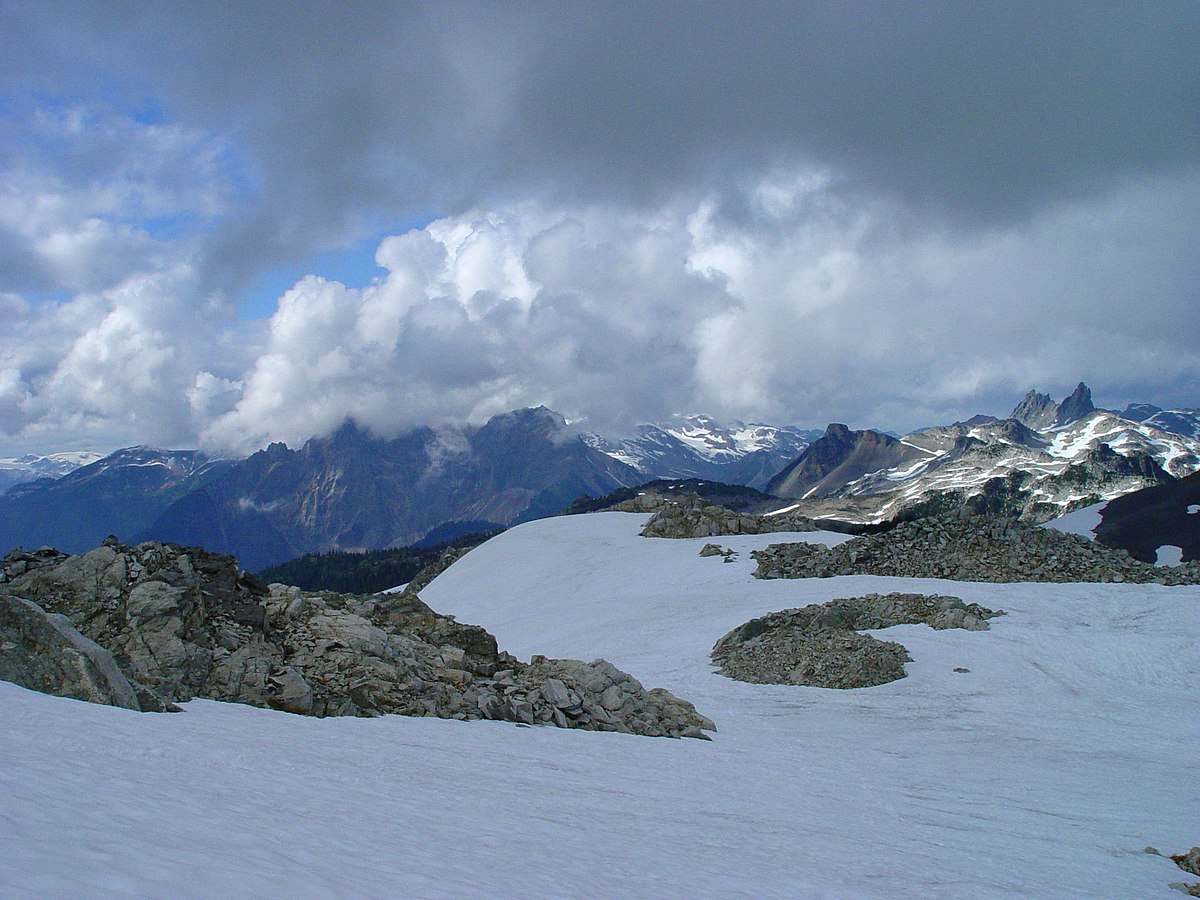
• Scientists are researching using dormant volcanoes as sources of geothermal energy.
• Geothermal is the most widely available form of alternative energy and is just as clean as wind and solar.
• Canada is making progress in this area, and will join Iceland and New Zealand if it is able to rely largely on geothermal energy.
• But there are some obstacles to using volcanic geothermal energy, such as the highly expensive drilling process.
Though wind and solar energy is inherently clean, some consider geothermal to be the ideal energy alternative. Solar and wind power are just as clean, however, geothermal is considered to be the most widely available.
Scientists are now even researching the use of geothermal energy from volcanoes, which would be huge for communities with access to dormant volcanoes. Right now, researchers from the Geological Survey of Canada are looking into harnessing energy from Mount Meager and Mount Cayley.
“Scientists and policymakers are exploring all possible renewable energies that will help Canada lower its greenhouse gas emissions and eventually reach net-zero emissions by 2050,” Environmental Science reporter, Isabella O’Malley, writes for The Weather Network. “It might come as a surprise, but Canadian volcanoes could one day play a role in lowering national emissions.”
“[Steve Grasby, a research scientist from Natural Resources Canada (NRCan)] and fellow researchers are focused on analysing Mounts Cayley and Meager, which are located along the South Coast near Pemberton,” she continues.
“Their analysis indicates there is a “high potential” for extracting geothermal energy from volcanoes in Canada, particularly from Mount Meager. The team has detected volcanic gases being released, which indicates that it is ‘“more of an active volcano than an inactive one.”‘
Dormant volcanoes can be used for geothermal energy
As previously mentioned, researchers from the Geological Survey of Canada are investigating the use of geothermal energy from both Mount Meager and Mount Cayley, two dormant volcanoes north of Vancouver, B.C. According to CBC News, both are sitting atop scalding underground reservoirs that are hot enough to create electricity.
To attain federal emissions goals, and to gain incentives from the Canadian government, this could prove to be a worthwhile option.
Canada started researching geothermal energy in the mid-1970s, and it’s since gone pretty far. Although Canada isn’t known for its volcanoes, its dormant ones are plentiful.
To use the geothermal energy from volcanoes, hot liquid would need to be pumped into nearby buildings, which would therefore require drilling to release steam from the reservoir which is beneath the rocks. The steam would turn a turbine, which would ultimately generate energy.
Canada will join Iceland and New Zealand if it chooses to largely rely on geothermal energy. And if it does, it’d be a huge environmental win.
“Until we see a first success, it’s hard to understand it’s there… and how it can be integrated into the bigger energy picture,” Geologist Steve Grasby told CBC News. “We need these early wins and this early success… then I think that’s going to help it suddenly roll out much more quickly.”
Drilling is expensive: success rate of 50% required
There are a few obstacles to using volcanic geothermal energy.
First off, according to Canada Construct Connect, the drilling process is incredibly expensive. Therefore, geothermal drillers would require a 50 percent success rate for it to even be done at all. In contrast, those who drill for non-renewables solely require one out of seven drilling attempts to be successful.
For now, researchers are primarily researching how drillers can optimise their success rates, utilising a 3D map of the volcanoes, so they can get the job done without seismic lines.
Once they have the process down, this will hopefully be an easy way to harness clean energy.